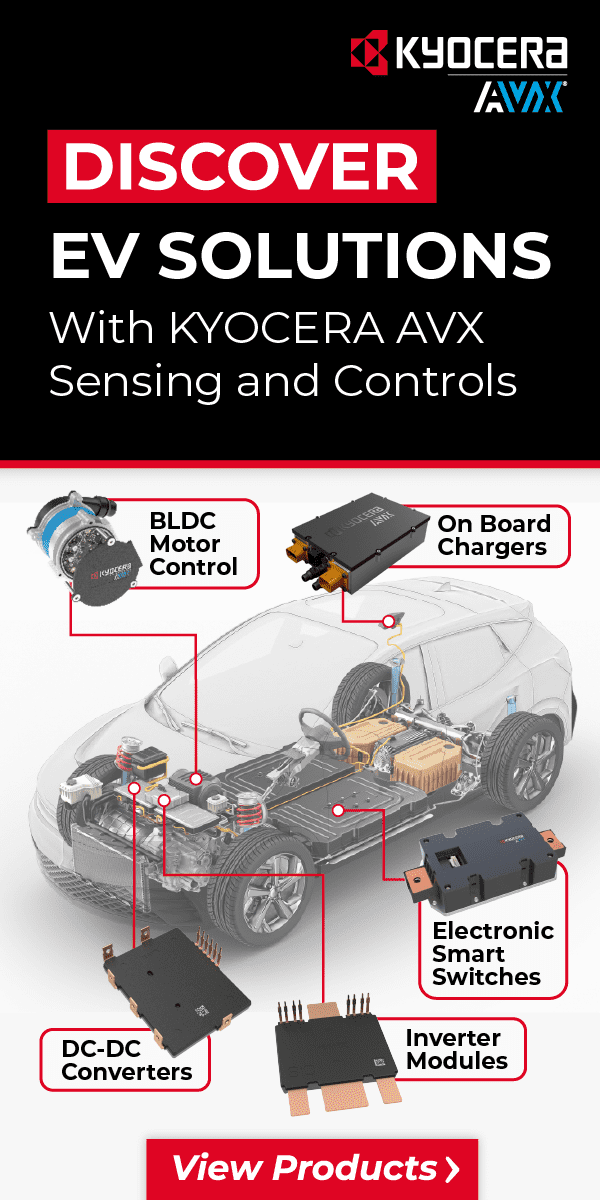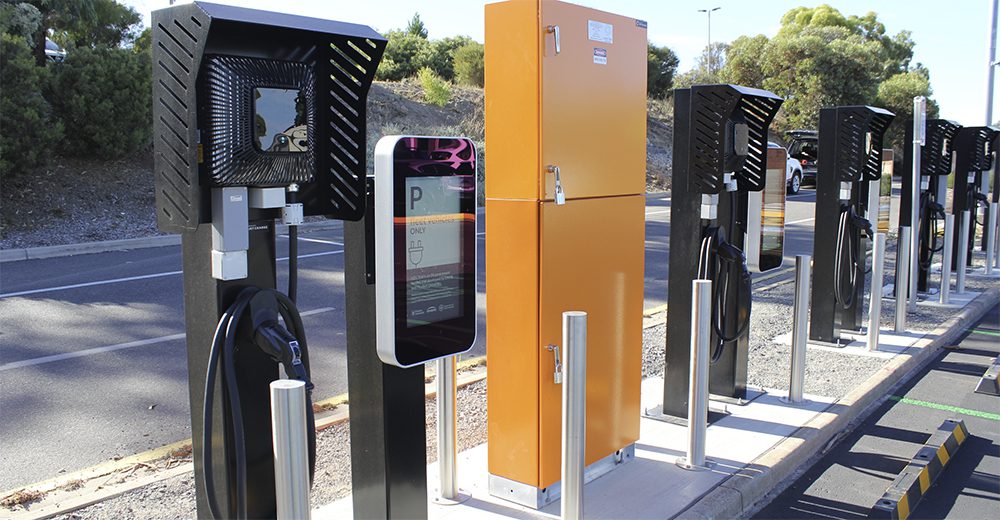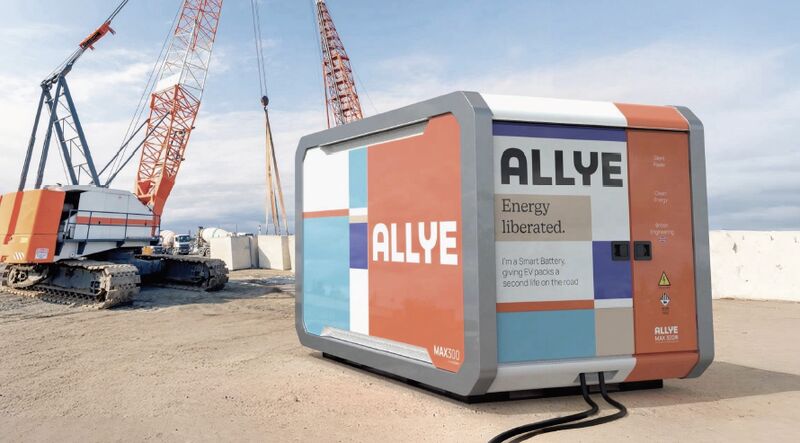Japan has long been at the forefront of the electromobility revolution. It’s the home of the historic Toyota Prius and the world’s best-selling EV, the Nissan LEAF. As an island nation that imports almost all of its oil, Japan has compelling reasons to electrify, and its government has worked hard to do so, providing significant subsidies for EVs and overseeing the construction of an impressive public charging infrastructure.
Unfortunately, as a recent Forbes article eloquently puts it, “Japan’s traditionally isolationist automotive policy is inhibiting its own national energy security and greenhouse gas reduction goals.” As of 2013, Japan was the second-largest plug-in vehicle market in the world. However, despite substantial growth in every other market, EV sales in Japan are likely to remain flat this year, at around 30,000 units, possibly dropping the country to seventh place in 2014, behind China and several European countries.
When Tesla delivered the first Model S in Japan in September, it became the only non-Japanese company to offer a plug-in vehicle in the country.
Although US trade negotiators have been trying to pry open Japan’s auto market since the 1970s, it has remained effectively closed. Local companies account for almost 96% of vehicle sales, with the other 4% coming from German brands – GM sells a token 1,000 vehicles a year. This is surely a thorn in the side of US automakers, but it’s a disaster for Japanese EV buyers (and for the country as a whole, if it cares about reducing dependence on foreign petroleum).
DON’T MISS: New report examines Tesla battery technology and costs
While US buyers in some major markets can choose from up to 19 plug-in models from major manufacturers, Japanese drivers now have 7 options, including the Model S. While Nissan and Mitsubishi offer viable electric models, Toyota and Honda have seemingly abandoned their EV development efforts in favor of hydrogen technology. Toyota began selling a fuel cell model in Japan in April (which will presumably run on hydrogen made from imported natural gas).
While Japan doesn’t actually impose tariffs on foreign auto imports, it has created a system that makes it difficult for outsiders to gain market share. Every imported car must go through a two-day inspection by officials at the Ministry of Transport, according to the American Automotive Policy Council. Japan’s cozy “keiretsu” arrangement between domestic corporations and the government also serves to keep the barbarians at bay.
Source: Forbes, International Business Times












































































































